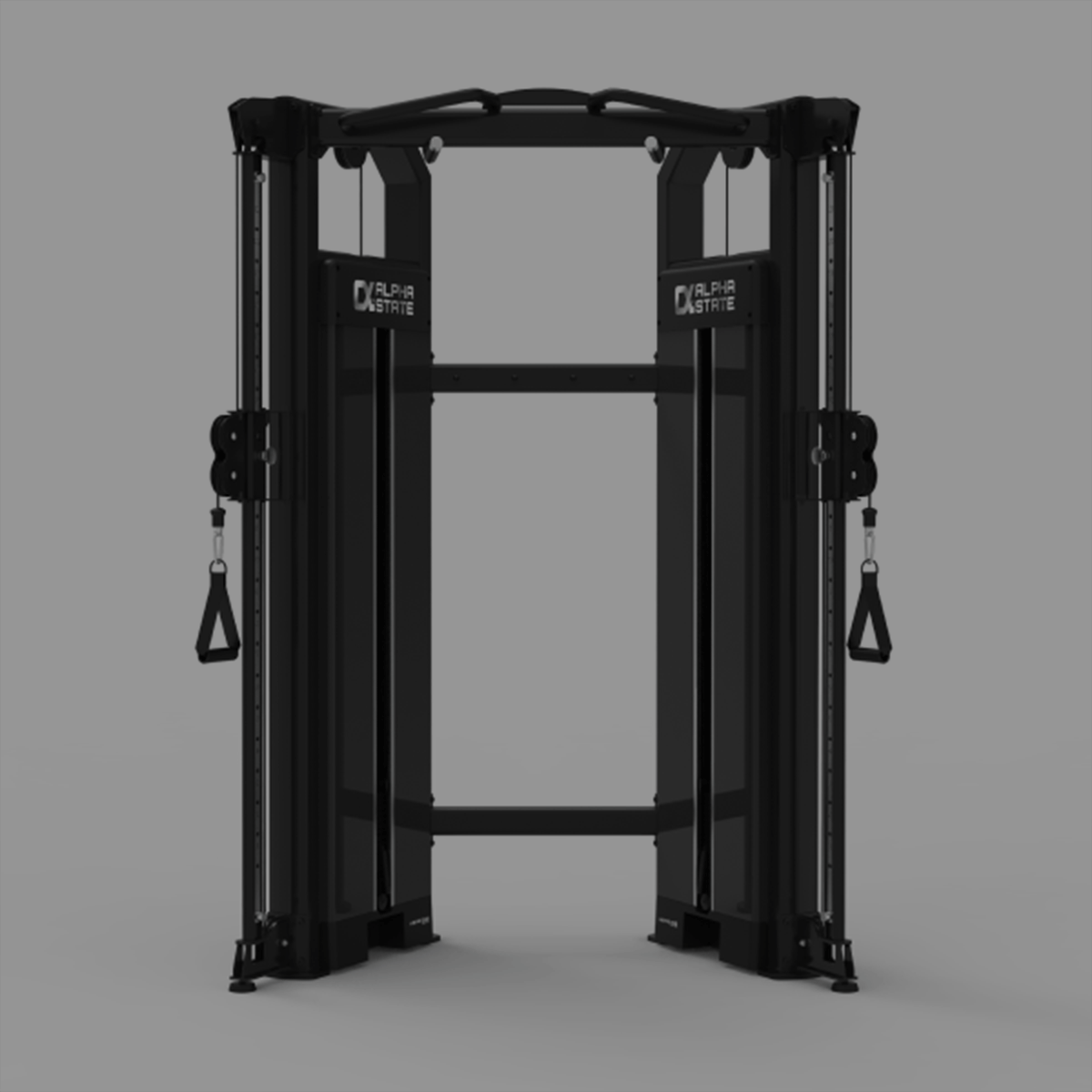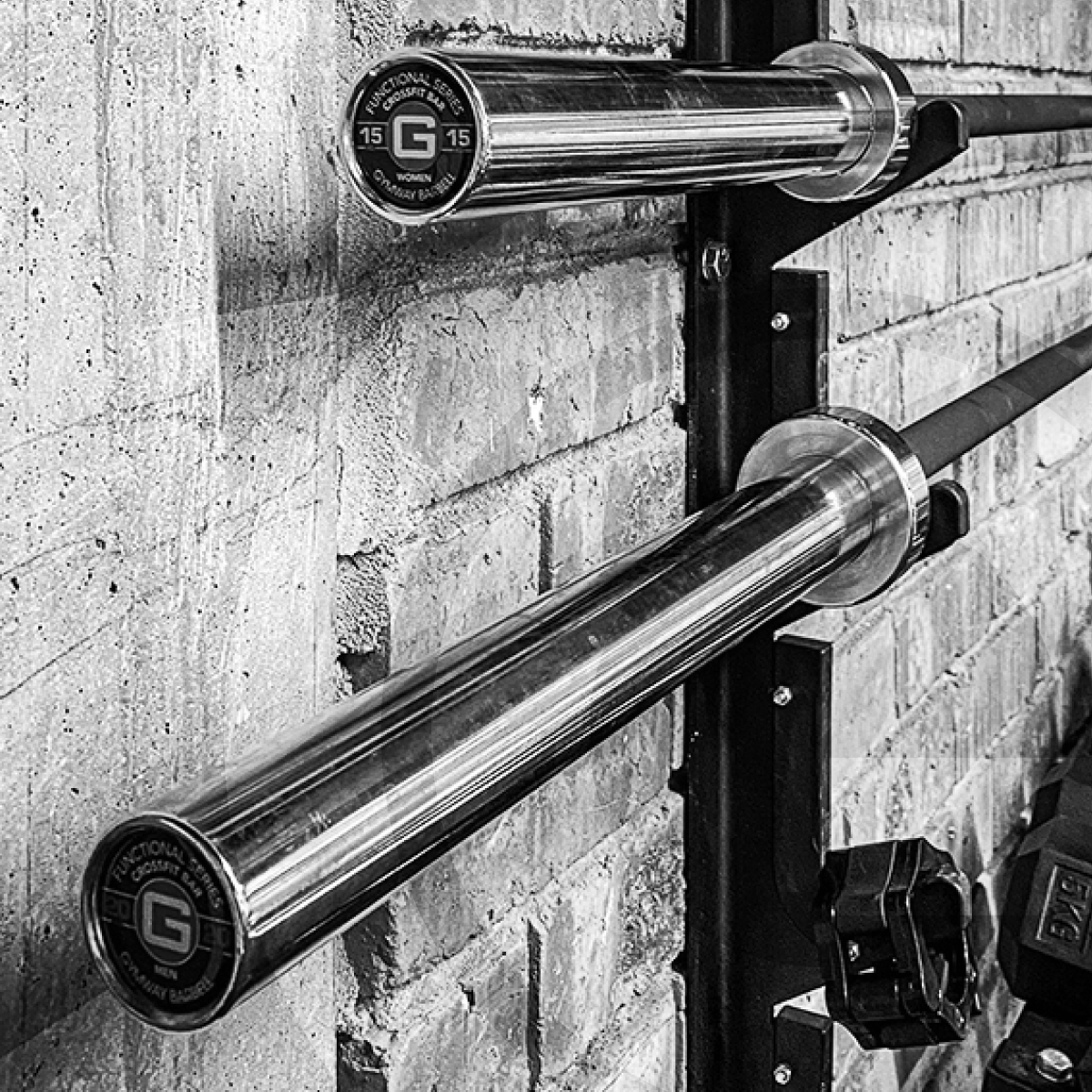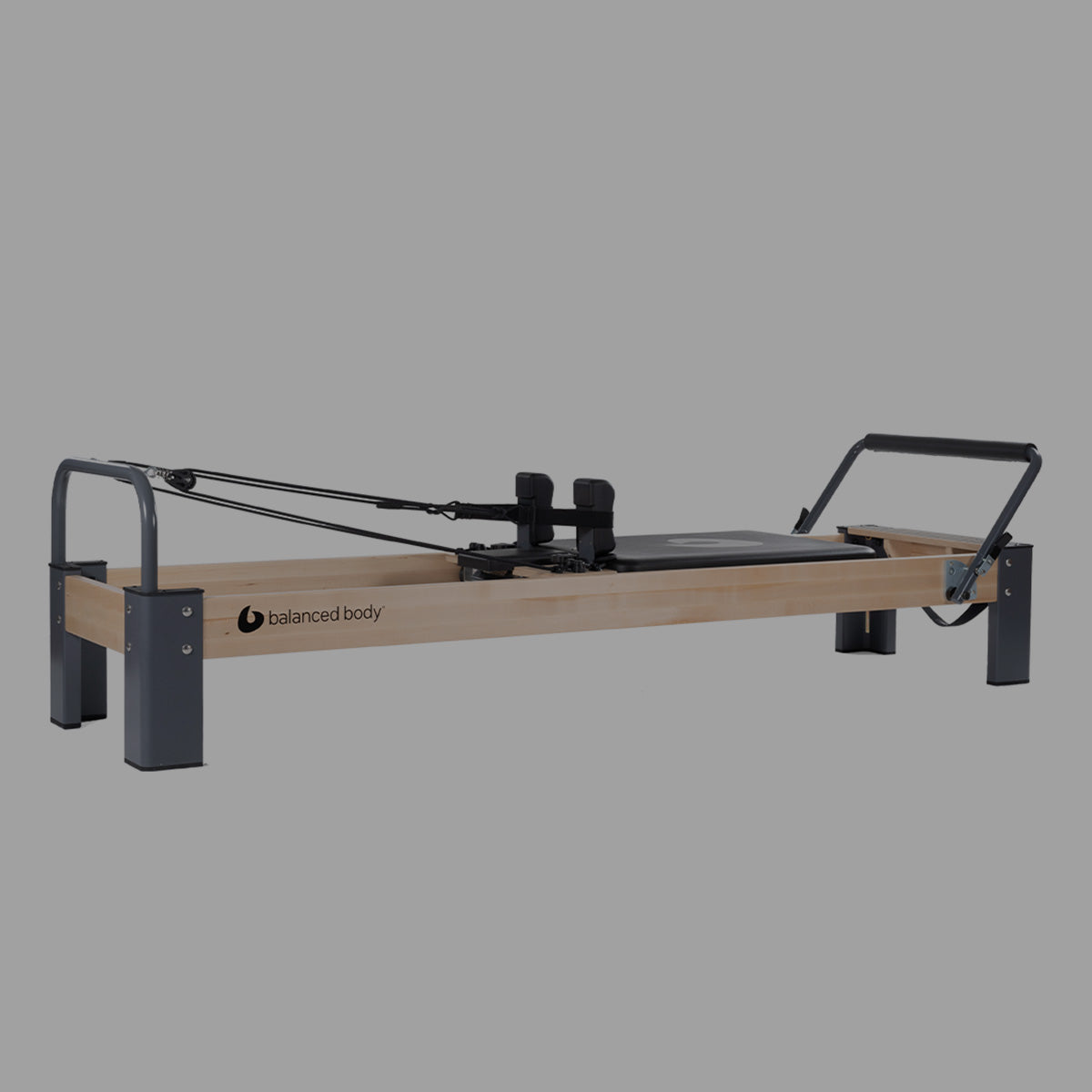As you may know, purchasing a quality barbell is a financial investment. Whether in a commercial or private gym, the appearance and performance of your barbell will deteriorate over time. With appropriate care and maintenance, these effects can be minimized. Extending the useful life of your barbell not only reduces replacement costs, but and instils a sense confidence and satisfaction when you step onto the lifting platform.
The Value of Barbell Maintenance
Although some visible deterioration of a barbell is inevitable (and sometimes even sought after), it is important to keep the look and feel of your bar as close to its original form as possible. This ensures that the bar will perform consistently over time and instils a sense of confidence in the athlete using it.
The beauty of zink- or black oxide-coated bars such as the SMAI and AlphaState ranges is that maintenance becomes rather basic.
This does not mean you can slack… routine maintenance is important!
The characteristics of a quality barbell include:
- No visible tarnish, cracks, peeling or rust.
- A look and feel that instills confidence in the barbell’s structural integrity.
- Smooth sleeve rotation that won’t compromise lifting.
- The precision grip of clean and well maintained knurling.
Key Areas in Barbell Maintenance

1. Avoiding Rust
Rust is the result of the oxidation process of iron. Barbells are constructed from steel, which is primarily made up from iron and carbon. As moisture is the catalyst for the forming of iron oxide (rust), it is important to keep your barbells moisture free - including blood, sweat and tears!
While rust may give an old-style look to a barbell, it is important to take note of rust build-up. The rust is not just potentially unseemly in a commercial space, but also indicates a slower process of corrosion that will affect the structural integrity of your bar over time. Here are a few tips to minimize the damages caused by rust:
Clean chalk sediment
- Chalk absorbs moisture from your hands as well as the air, forming rust in the knurling of the bar.
- Cleaning the chalk out of the knurling with a non-abrasive nylon bristle brush removes the build-up of moisture in between the grooves.
- Be sure to remove the chalk at least once a week, if not every other day. In a commercial set-up, one can clean the bars on a rotational basis.
Lube it up
- Use W-D40 or treat the bar with 3-in-1 oil.
- W-D40’s unique water displacement properties offer optimal protection from moisture emanating from use and the environment.
- Spray W-D40 on a rag and evenly coat the shaft, sleeves and collars of the bar. Let the bar soak up the goodness for a few hours (or over night) and then wipe it down with a dry towel.
- 3-in-1 oil is applied in the same way as W-D40.
- Regular use and environmental factors will determine how frequently you need to lubricate your bar.
- In a home gym environment that's not exposed to the elements, application once or twice a month should be enough.
- In more humid or open-air environments, and when bars are used more frequently, a weekly maintenance routine is advised.
2. Storage
Proper storage will protect your barbell and extend its useful life.
- Do not store the bar when it is still loaded with weight. Bars are not meant to hold weight for extended periods of time, and this may bend the bar permanently.
- Rack or store bars on non-abrasive surfaces e.g. nylon, rubber or plastic.
- Bars can be stored horizontally in a rack or in a vertical bar holder.
- Avoid storing needle-bearing bars in a vertical holder as the downward drop could damage the needle bearings.
Looking after your barbell as an asset will decrease future costs, increase return on your investment and allow for re-sale opportunity.





















Leave a comment
This site is protected by hCaptcha and the hCaptcha Privacy Policy and Terms of Service apply.